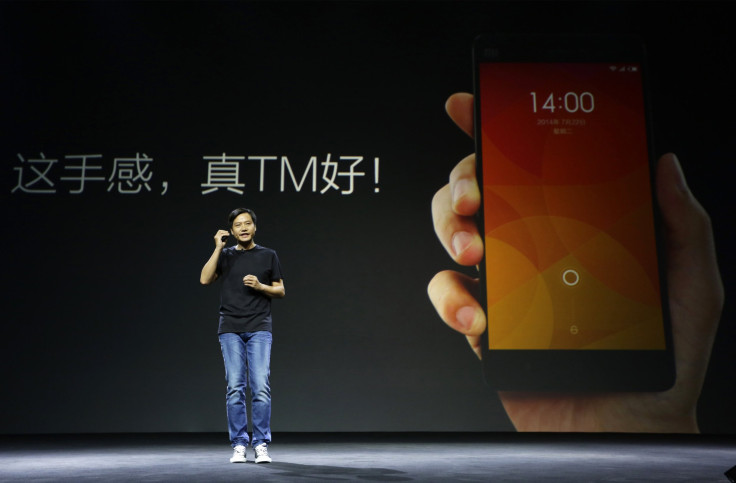Xiaomi’s Entry Level Redmi 2 Offers 4G For Less Than $200

China’s Xiaomi Inc. has released the Redmi 2, the successor to its hugely popular Redmi 1S smartphone, and this time it comes with 4G support.
Launched at 699 yuan ($112) in China, the dual-sim handset also is likely to be one of the most affordable 4G handsets in India when it eventually reaches the subcontinent, Xiaomi’s second-biggest market.
The Redmi 2 keeps many of the features of the 1S, such as the 4.7-inch screen, but also gets upgrades under the hood. It’s got a punchier 64-bit chip, Techcrunch reported on Sunday.
Xiaomi, which has become the world’s third-largest smartphone maker in the four years since its launch in 2010, sold over 60 million handsets in 2014, tripling sales from the previous year.
It recently closed a $1.1 billion funding round, at a valuation of $45 billion, making it the most valuable privately-held technology company. The company will likely use the money to accelerate its expansion beyond China, even though a U.S. entry may not be on the cards soon.
In the five months since May 2014, when it entered India, Xiaomi sold some 1 million of its Redmi and Mi series handsets. Demand continues to outstrip supply and Xiaomi still sells its handsets in India only in small batches of a few tens-of-thousands at a time.
The company launched its Redmi Note phablet in India in November, with 4G support at less than 10,000 rupees ($158). The cheaper Redmi 2, when it becomes available, will help boost the nascent 4G ecosystem in the country. Xiaomi hasn’t provided any timeline for the Redmi 2 to be sold outside China yet.
© Copyright IBTimes 2024. All rights reserved.






















